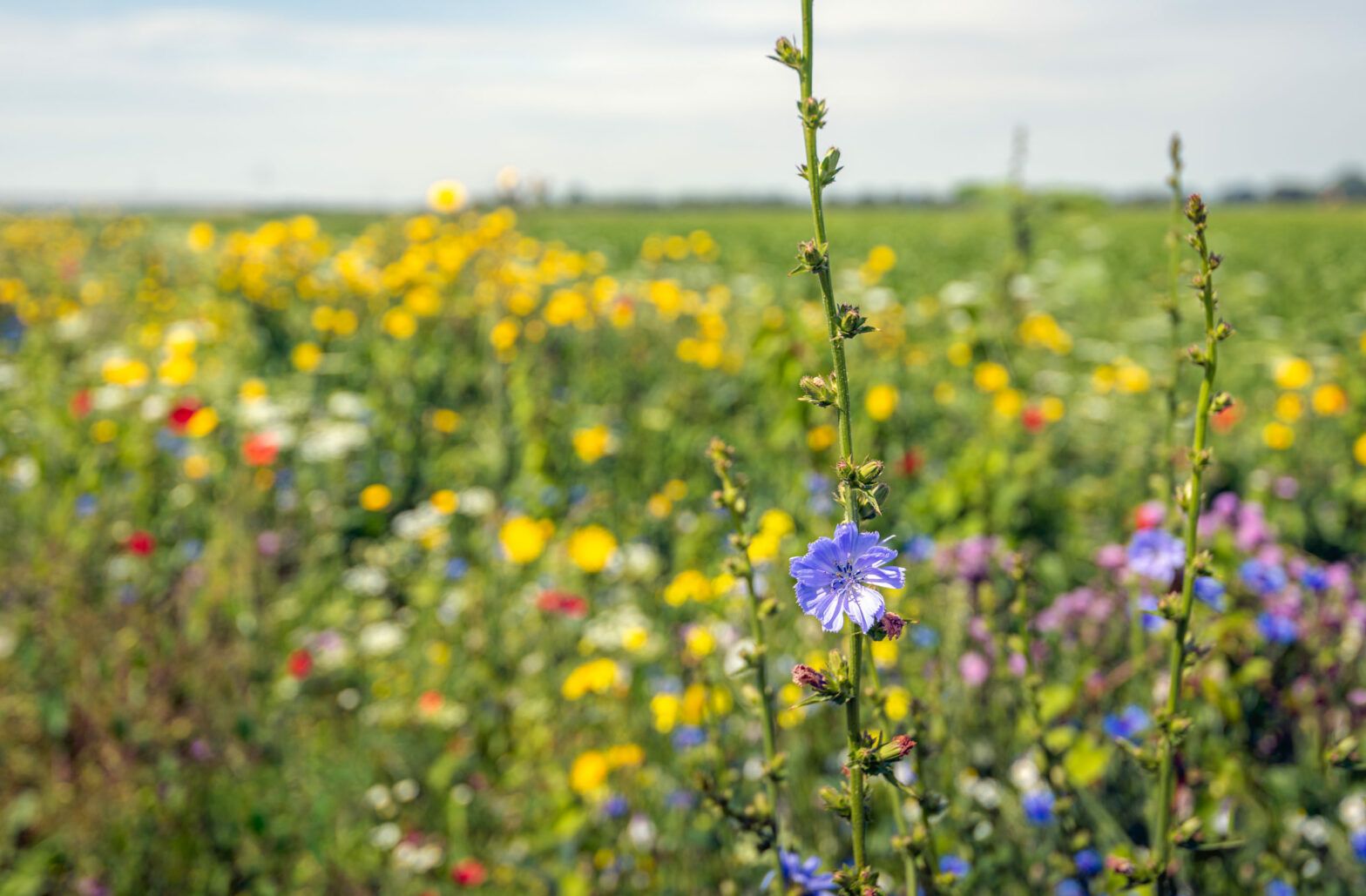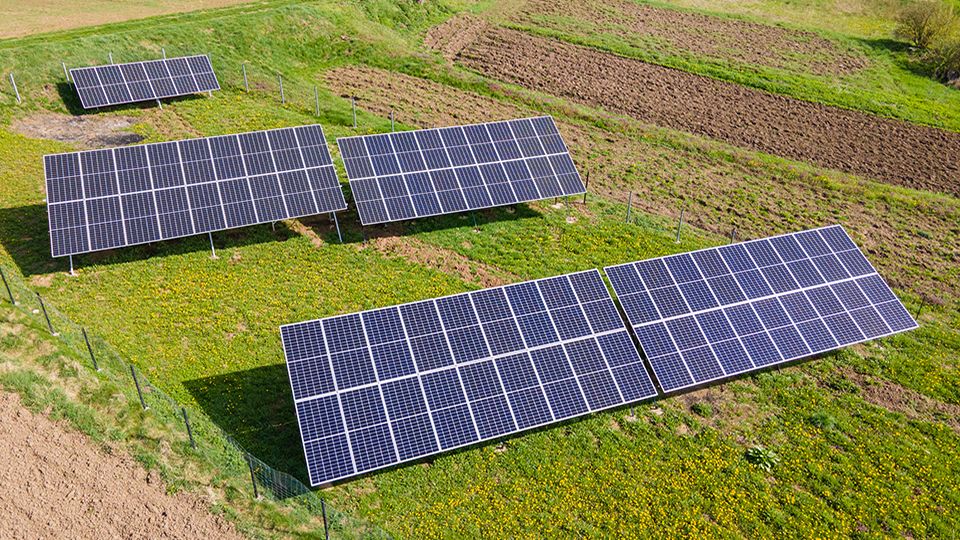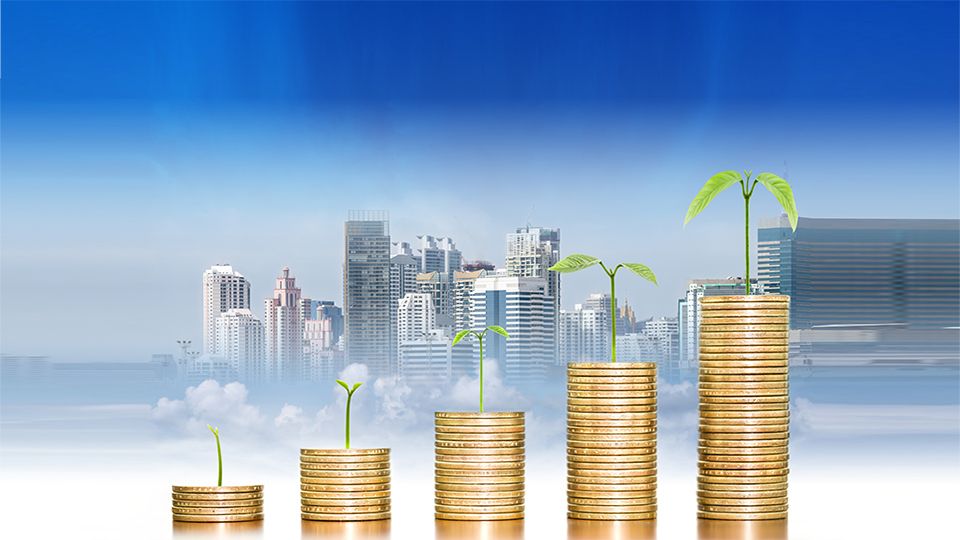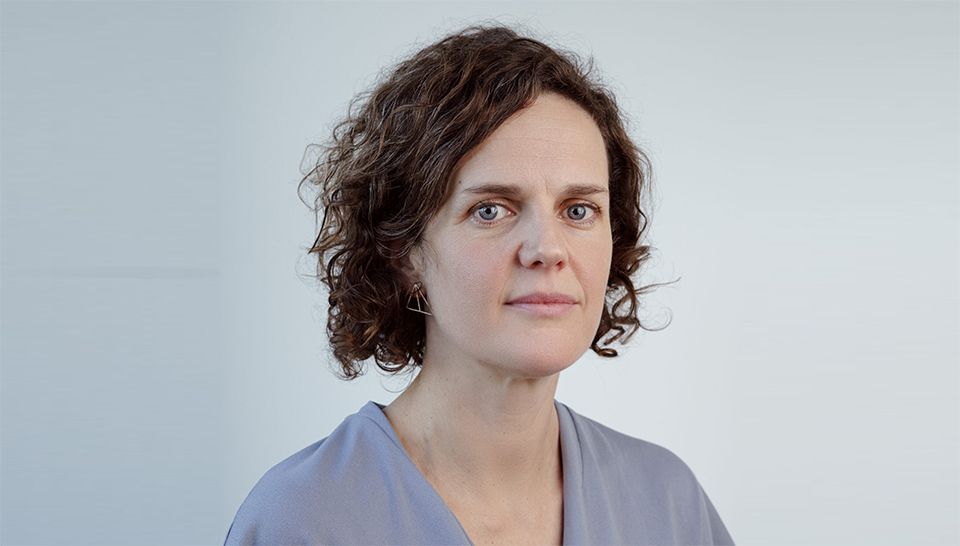Biodiversity is shooting up investors’ ESG agenda in line with mounting concern about how quickly ecosystems and natural capital are eroding, says Sustainable Fitch in a new report.
As a result, thematic and impact investors are expected to focus more attention and resources on nature and biodiversity in the coming years.
“Although biodiversity remains a niche segment, interest in this area continues to rise, with several asset managers launching dedicated biodiversity and nature-themed funds in recent months,” said William Attwell, director for climate research at Sustainable Fitch.
Nine of these funds were launched in 2022, according to Environmental Finance (although Morningstar Direct has found 12 launched in Europe alone in 2022) raising the total AUM in funds or strategies with biodiversity in their title by over 200% to $984m.
“We expect nature to become increasingly mainstream within ESG as the universe of investible assets grows, investors allocate more resources to this area, approaches for assessing impact become standardised and market transparency improves,” Attwell added.
New role for nature
There is increasing urgency to tackle the impact on biodiversity. The Sustainable Fitch report, for example, highlighted the fact that the World Economic Forum ranks biodiversity loss and ecosystem collapse as the fourth-most severe long-term global risk – ahead of issues related to cybercrime or general environmental damage.
Yet industry initiatives, regulatory trends and international agreements – including the Kunming-Montreal Global Biodiversity Framework agreed at the COP15 last year – are starting to help.
As a result, Sustainable Fitch forecasts that company and investor pledges will become ‘nature positive’. They are even expected to feature alongside net-zero climate commitments.
In Attwell’s view, nature-positive investing will follow approaches familiar to sustainable finance professionals, although it poses unique analytical challenges.
“Opportunities for investors to align with the relevant UN Sustainable Development Goals (SDG), SDG14 Life Below Water and SDG15 Life on Land, are likely to expand as financing needs rise on the back of the push for a nature-positive economy,” he explained.
Already the number of green, social and sustainability bonds issued featuring “terrestrial and aquatic biodiversity conservation” in their use of proceeds has risen by 54% in 2022.
“Engagement with investee companies on such related topics as deforestation and biodiversity impact is also likely to gain traction,” added Attwell.
Meaningful measurement
In terms of the analytical challenges, one hurdle to a bigger role for nature in ESG investing is the variety of topics involved, which can make it difficult to assess impact.
It is also not straightforward to determine the credibility and materiality of investee companies’ specific targets and plans, said Attwell, with disclosed data remaining patchy.
Sustainable Fitch believes it can contribute via its ESG Entity Ratings, which provide insights to aid assessments of nature impact.
“These include assessments of the extent to which the entity has adopted policies to manage its use of material natural resources, and the existence and performance against any environmental targets,” added Attwell.







